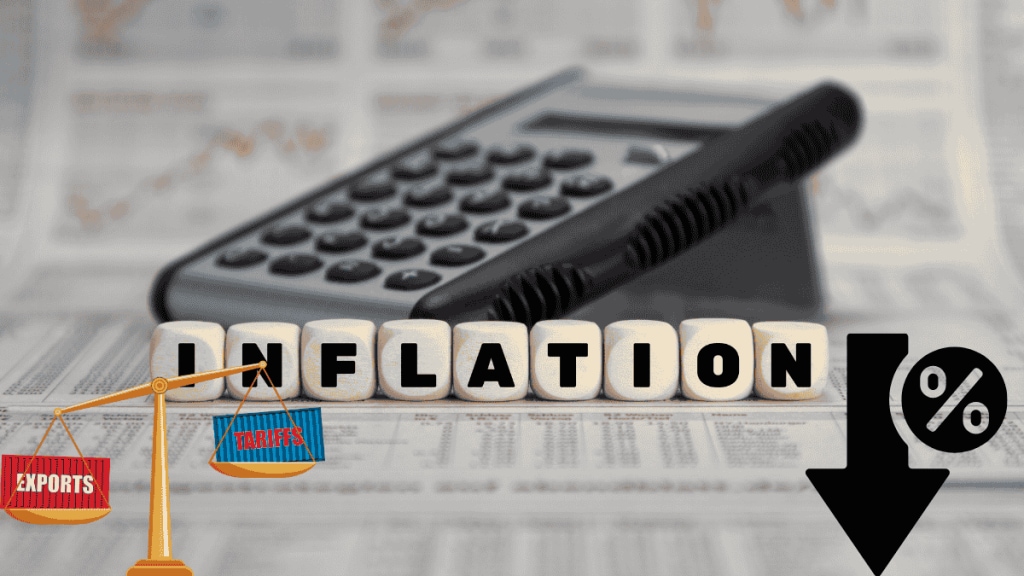Heading into August, India’s economy is at a pivotal moment with key policy decisions and trade negotiations likely to steer the course ahead. From the RBI’s upcoming Monetary Policy Committee (MPC) meeting and possible shifts in interest rates to the 56th GST Council session discussing major tax reforms, policy watchers are bracing for crucial decisions. Meanwhile, India’s stalled trade talks with the US, a looming 26 per cent tariff threat, and softening inflation at a six-year low are adding new dimensions to the country’s macroeconomic narrative.
Here’s what to watch out for.
1. RBI MPC Meet: Another rate cut on cards as inflation stays soft?
The Reserve Bank of India (RBI) will meet for three days from August 4–6 and on the final day (August 6) the governor will announce the anonymous decision on policy rates, policy stance, and macroeconomic projections.
In its previous meeting on June 6, RBI had surprisingly cut the repo rate by 50 basis points and the Cash Reserve Ratio (CRR) was lowered by 100 bps. According to a Reuters poll the RBI is widely expected to hold the repo rate at 5.50 per cent and a shift in policy stance to “neutral”. The expectations for another rate cut by the end of the calendar year, supported by India’s subdued inflation—averaging nearly 3.4%–3.7%, well within the RBI’s target—and resilient economic growth at around 7.4% in Q1 FY 26.
2. GST Council to hold 56th meeting in August
The 56th meeting of the Goods and Services Tax (GST) Council is expected to be held in August, the specific dates are yet to be announced. Along with changes in GST rates on several goods and services, the future of GST compensation cess, which is set to expire on March 31, 2026, is likely to be decided in the meeting. The meeting may also decide on the Removal of 12 per cent TAX SLAB and shift many items into the 5% or 18% bracket.
3. India-US talks stall; 26% tariff threat looms as Aug 1 deadline nears
As India and the US have not yet reached a common ground to finalise the interim trade deal, India may have to pay the 26 per cent country-specific reciprocal tariff imposed by US President Donald Trump starting August 1. Currently, India is facing a baseline tariff of 10 per cent.
In its bid to double bilateral trade from the current $191 billion to $500 billion by 2030, the US had temporarily suspended the additional tariff until August 1.
India’s trade delegation, led by chief negotiator Rajesh Agrawal, returned from Washington after the fifth round of talks without a breakthrough on July 22.
According to Reuters, one Indian government source said, “An interim deal before August 1 looks difficult, though virtual discussions are ongoing,” adding that a US delegation is expected to visit New Delhi soon to continue negotiations.
4. All eyes will be on India’s exports & trade Risks
With India US negotiation stalling, India’s exports slipped to around $35.1 billion in June 2025, down 9% from May and nearly flat year-on-year—due to tariff pressures and soft global demand.
5.Inflation eases to six-year low as growth outlook remains strong
In June, the retail inflation eased sharply with CPI falling to around 2.1% —a six-year low in part due to benign food prices.
India’s economy is expected to maintain strong growth momentum in FY 2025–26. Deloitte projects robust economic performance for India in fiscal 2025–26, estimating GDP growth to range between 6.7 per cent and 7.3 per cent, following a revised forecast of 6.5%–6.8% for 2024–25.

